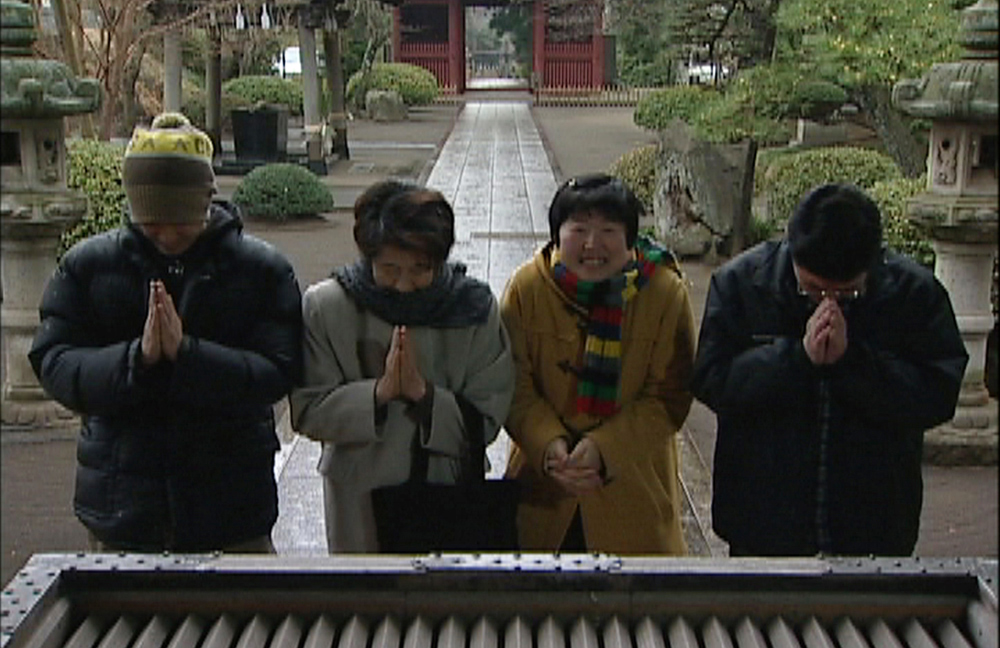“I consider film to be a living being,” Ise Shinichi said through a translator, following the True/False premiere of “Home, Sweet Home.” “And this film is pleased to be in your company this evening.”
On one hand, the notion of “Home, Sweet Home” being sentient is a beautiful one, but it’s unlikely the film would ever otherwise be considered as being part of the crowd, a true standout that is the result of 35 years of Ise checking in with his sister who gave birth to Nao, a daughter with special needs who wasn’t expected to live past the age of four. Prone to epileptic seizures, Nao is introduced at 43, singing “Home, Sweet Home” with her mother on the piano, and Ise engages in the kind of inauspicious flitting between time periods that could be expected of Michael Apted’s “Up” films, showing the quiet influence of time and experience to calm the anxieties around Nao’s condition in her youth as it has settled into something more manageable. (The approach is particularly fitting when a running joke in the film becomes how Nao can’t keep track of her actual age, her guesses ranging from 15 to 75 when asked how old she is by friends and family.)
While the film’s international title is a nod to the well-known song, “Home, Sweet Home”’s Japanese title translated to “What Does It Mean to Be Kind?” gets at the heart of what Ise captures, taking a common refrain of Nao’s as she tries her best to answer the call and extending it to the entire family, which is tested by a child who needs greater attention. The film makes clear caring for Nao hasn’t come at the expense of others, but when there’s so much love to give to her, it leads to wondering why there isn’t more to go around between the rest of the family, particuarly between Nao’s mother and father, whose relationship becomes strained when the latter retires and idles his days away on the computer following the stock market and practicing his golf swing while the former tends to Nao at Piglet, a care facility she help found for disabled children in the area that gives her daughter a community of friends. While Nao’s presence looms large, Ise is wise to shift the focus largely to Nao’s mother, who feels neglected by her husband and talks about admiring her daughter for being blissfully unaware of “the negative side of relationships.” Meanwhile, Ise also tracks the family’s son Norikazu, who has his own pain to deal with as the film wears on, leading Ise to tell his sister tenderly, “You can accept fragility as one of his merits.”
That “Home, Sweet Home” feels so delicate despite the three-decades-plus that went into it is no small miracle in its own right and the film is the kind of international discovery that’s become a hallmark of True/False. Before the film’s unveiling in Columbia, intrepid programmer Abby Sun spoke of being tipped off to a secret screening at the Taiwan Film Festival and getting up at the crack of dawn to travel to another city at the sprawling festival to see it. Sun is doing the good lord’s work in putting it within reach of American audiences and Ise’s dedication ensures that for those lucky to see it, it’ll remain close to the heart.
“Home, Sweet Home” will play once more at True/False on March 3rd at 7:30 pm at the Forrest Theater.




